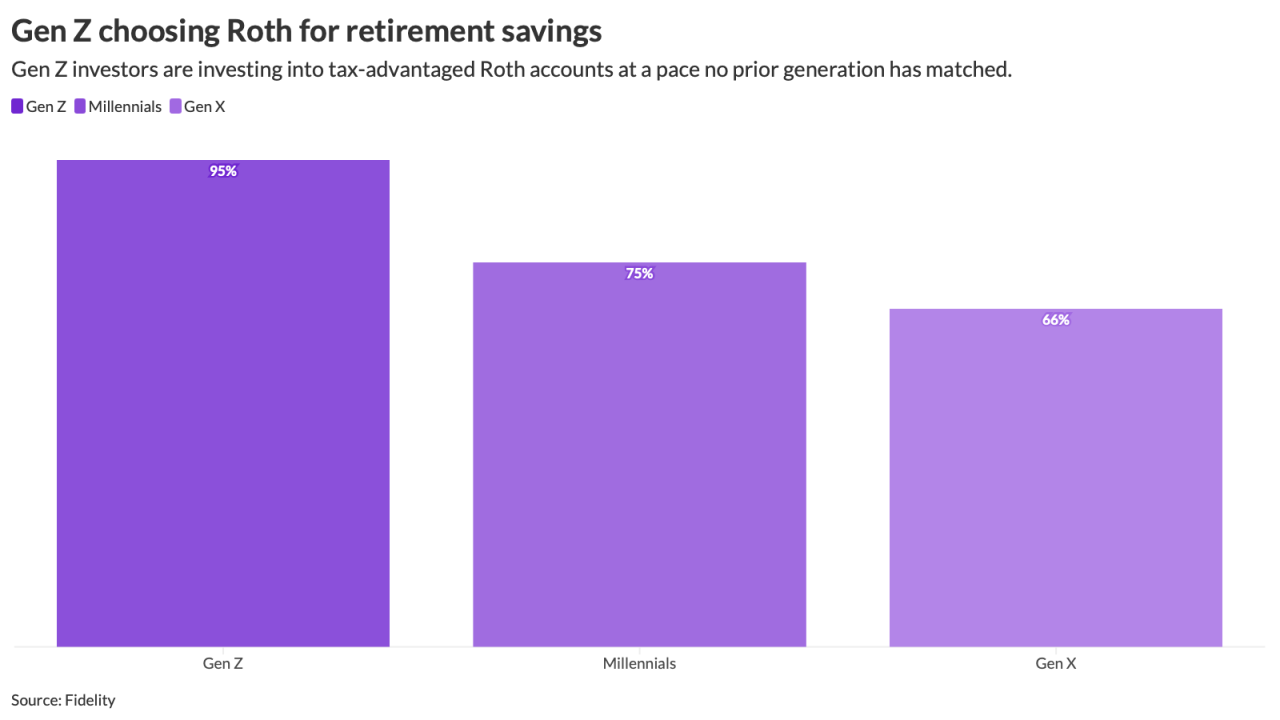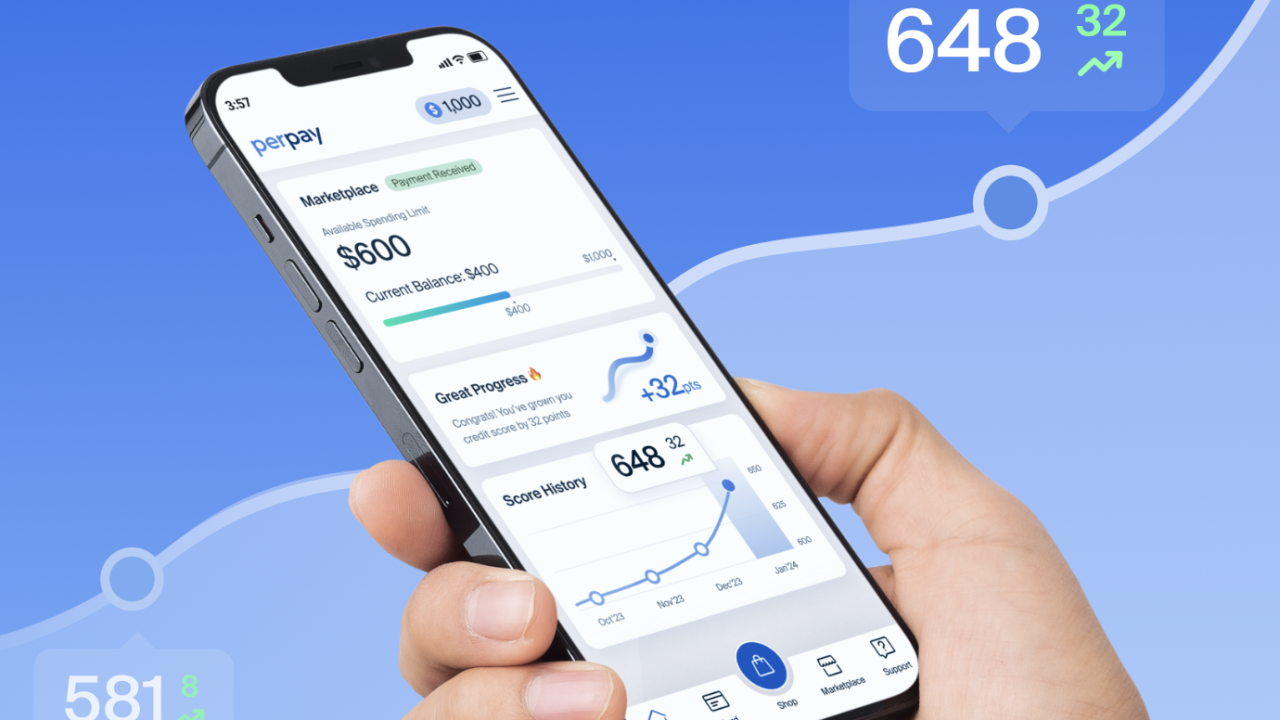Between rising healthcare costs and employee burnout, there's no doubt that HR teams will have their work cut out for them in 2023. But what benefits will be prioritized over others as employers reevaluated their offerings?
Employee benefits brokerage Nava Benefits launched a free search engine earlier this year, empowering HR teams to learn and connect with over 600 vendors across 28 benefit categories. So, instead of having to go through a benefits broker to know what's on the market, HR teams can find the answers themselves — and it seems many are looking for answers in the same six benefit categories.
"The main purpose of our search engine was to give the HR buyer more data at their fingertips to help them make better decisions," says Brandon Weber, co-founder and CEO of Nava Benefits. "Now we've got thousands of HR folks running searches, and we're bringing analytics to the table to see who's looking for what."
Read more:
Nava found one clear priority: healthcare navigation. In fact, the healthcare navigation benefits category page generated nearly 70% more page views than the second most popular category. For Weber, Nava's top searches indicate where HR teams will be investing their resources as they head into the new year. And whether these benefits help employees make good healthcare decisions, improve employee wellness or expand access to fertility care, it seems HR teams are on the case.
Here are the top six benefits categories on HR team's radars.






